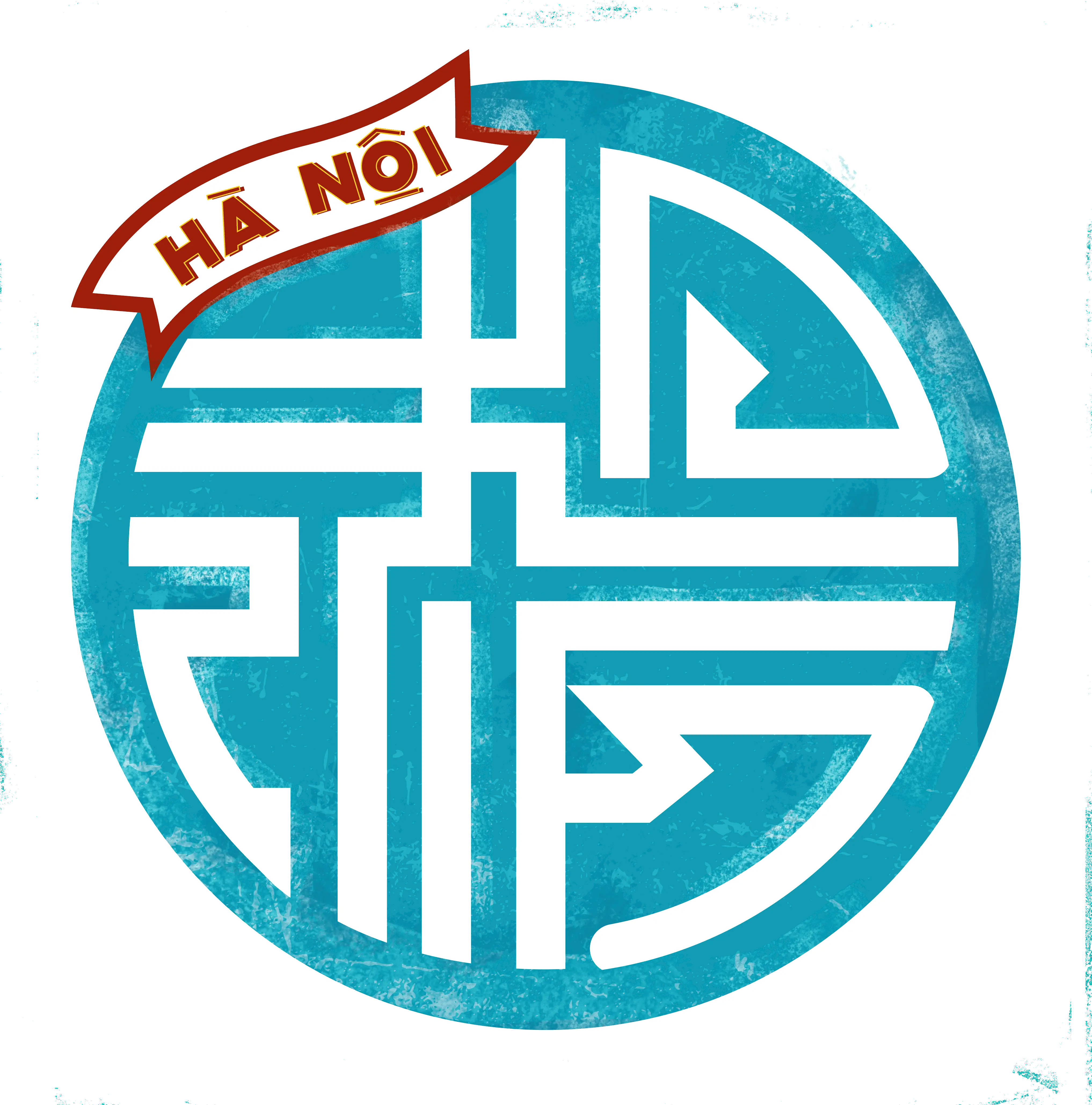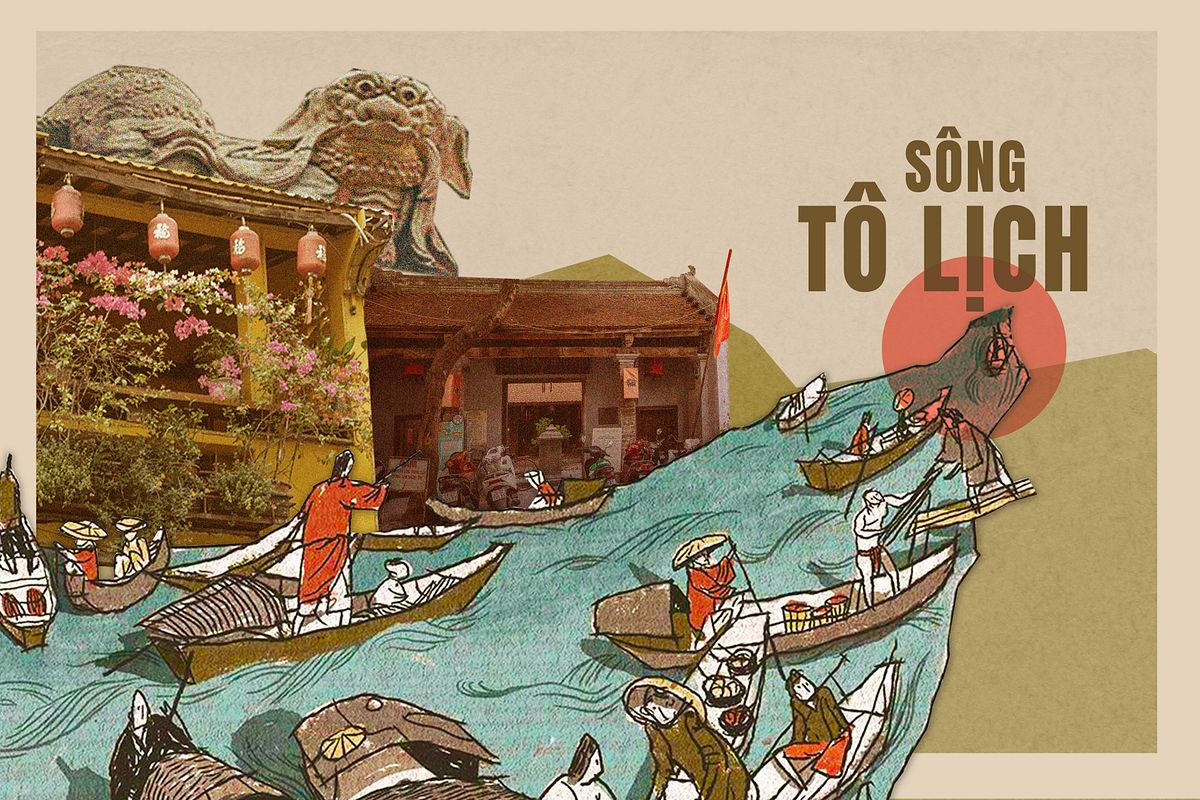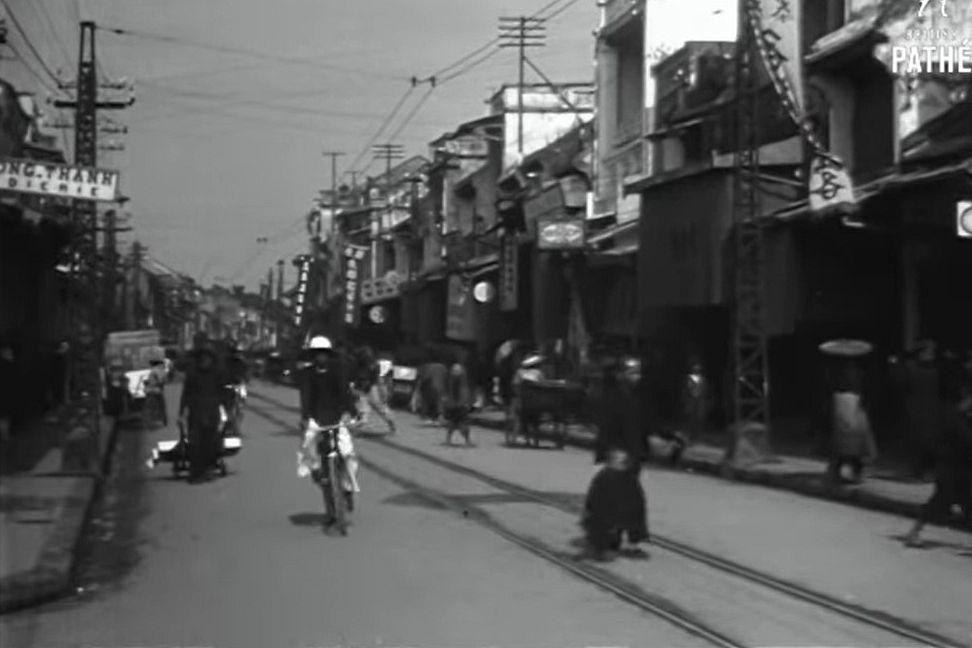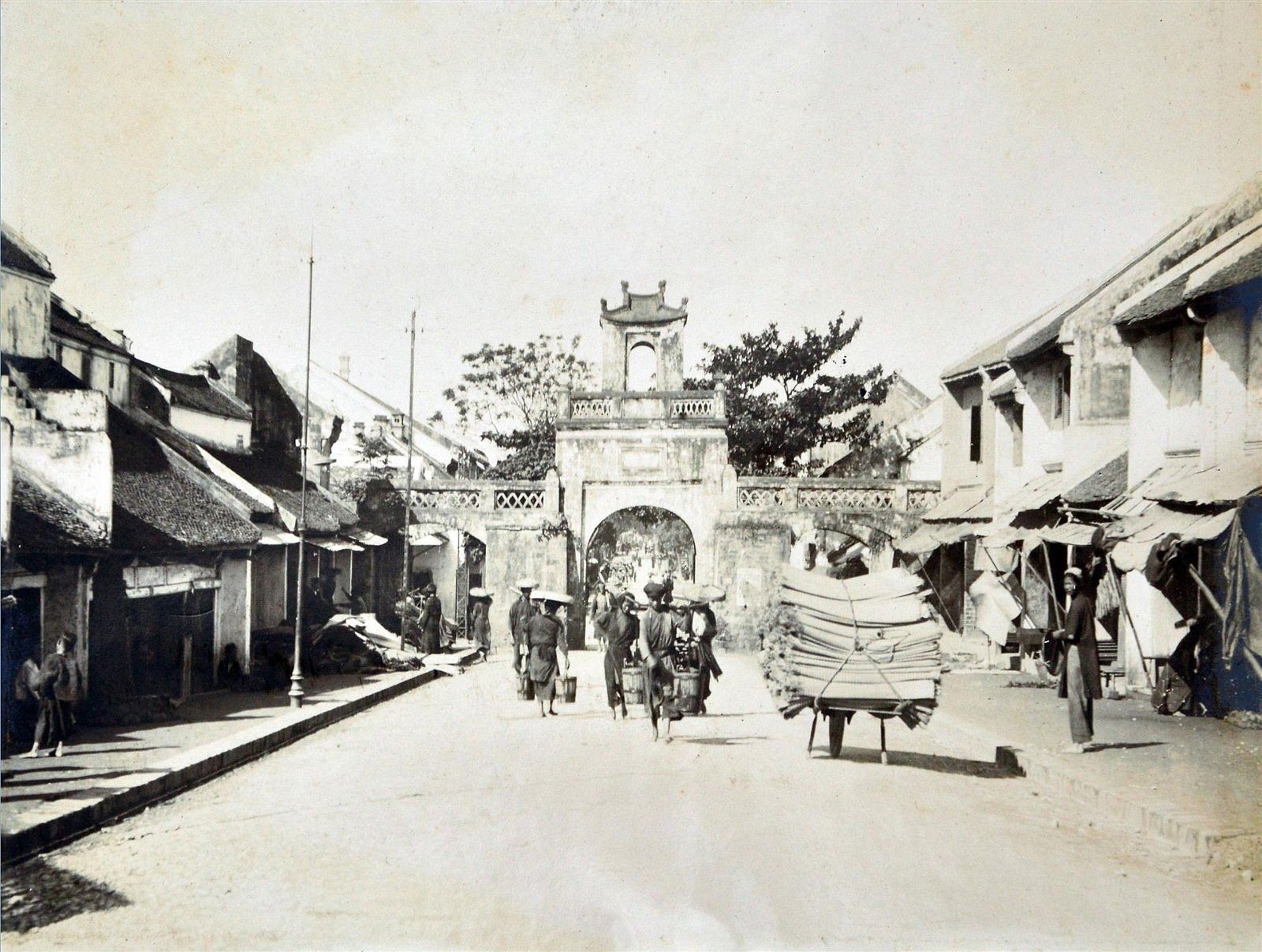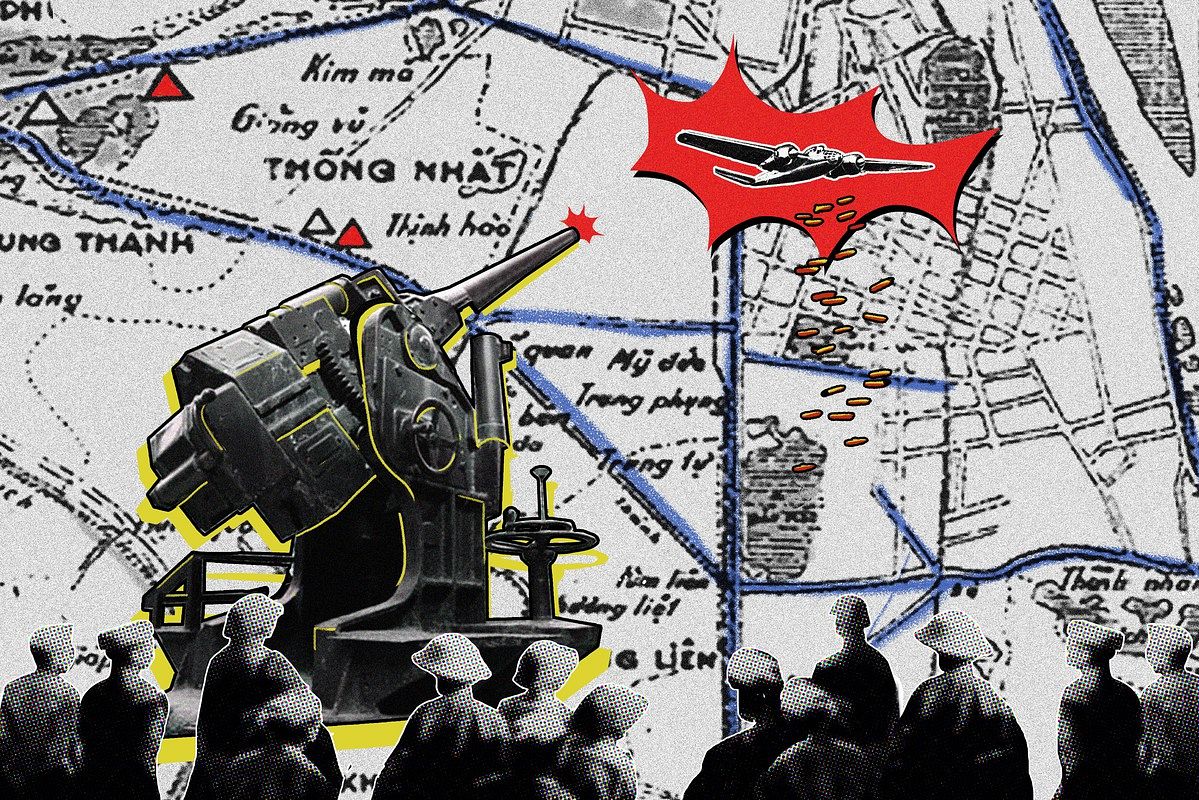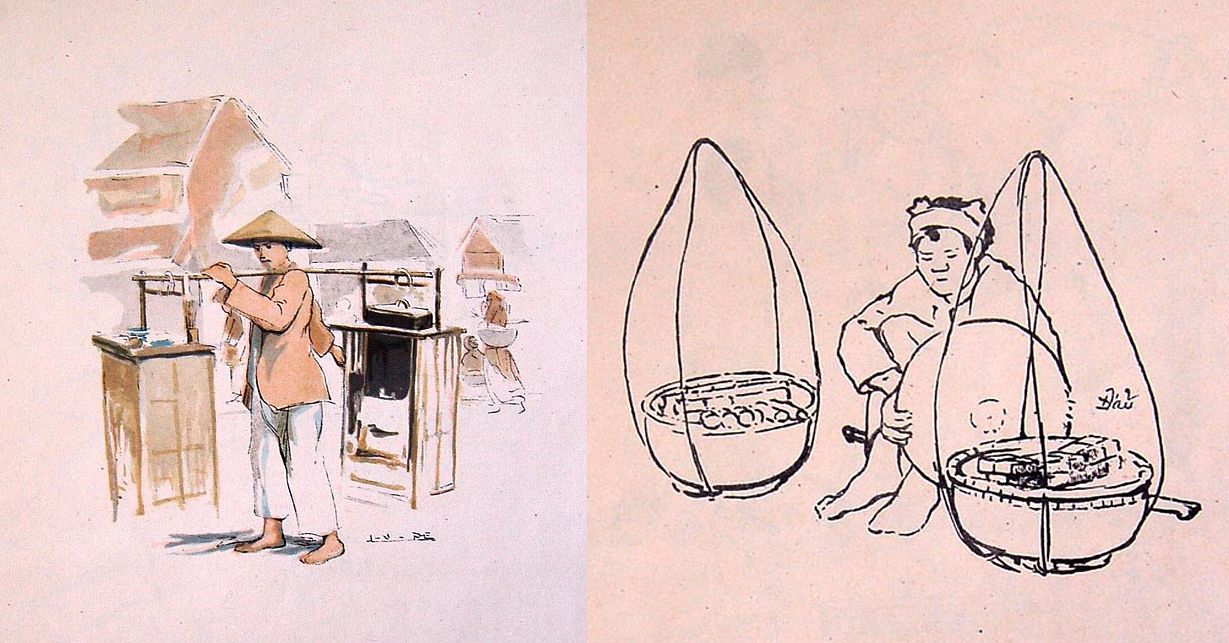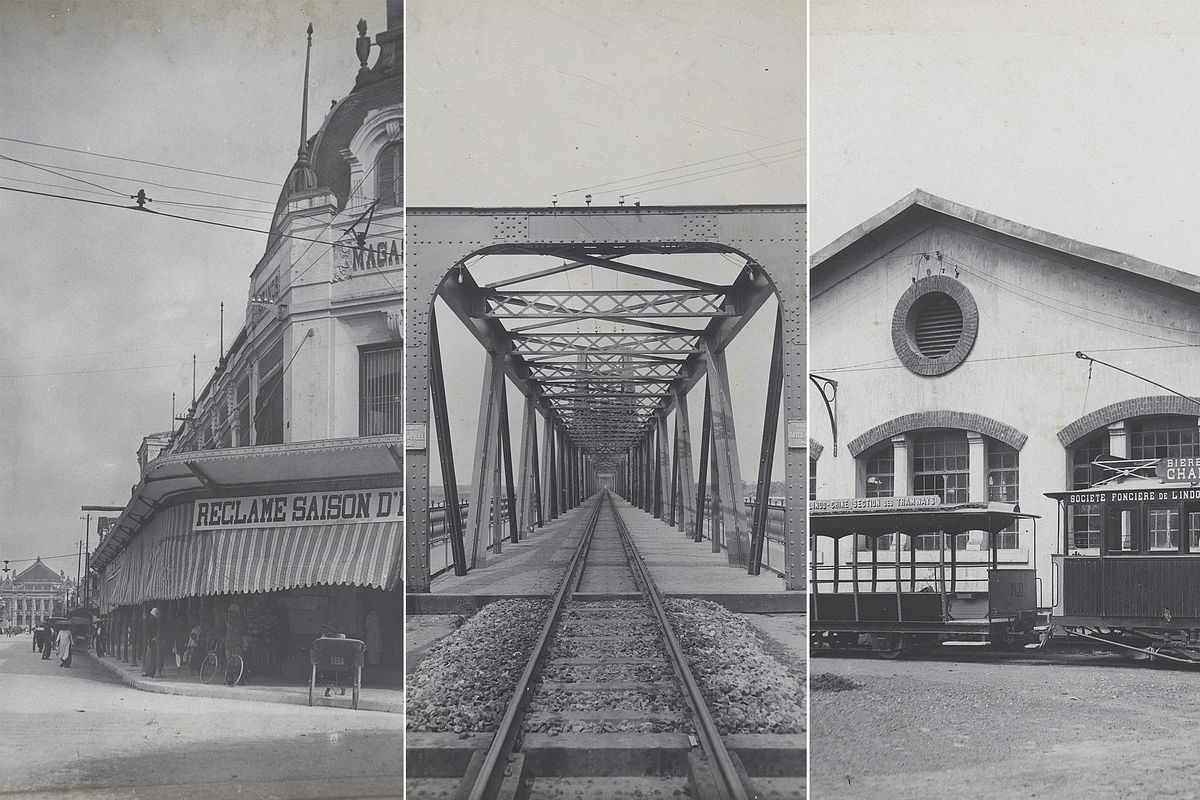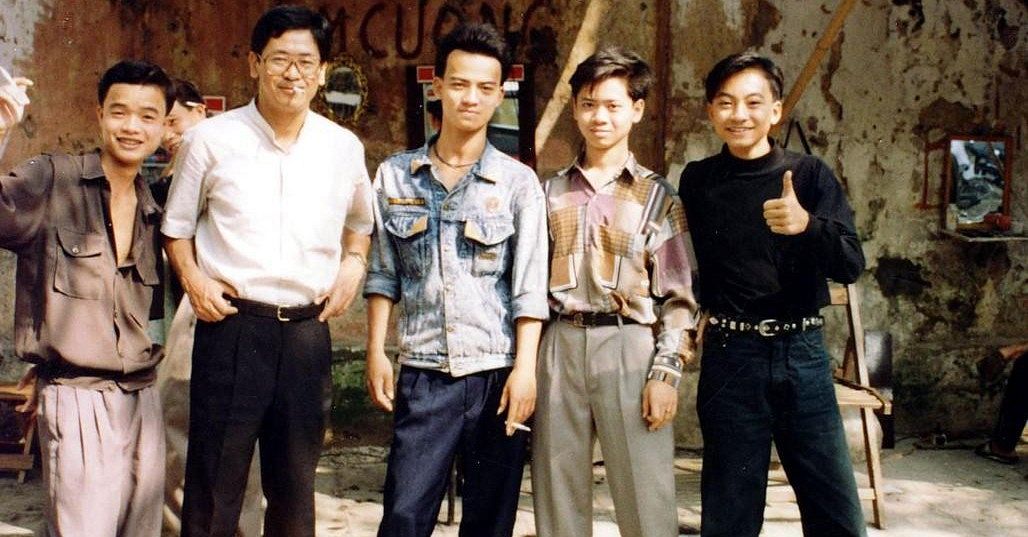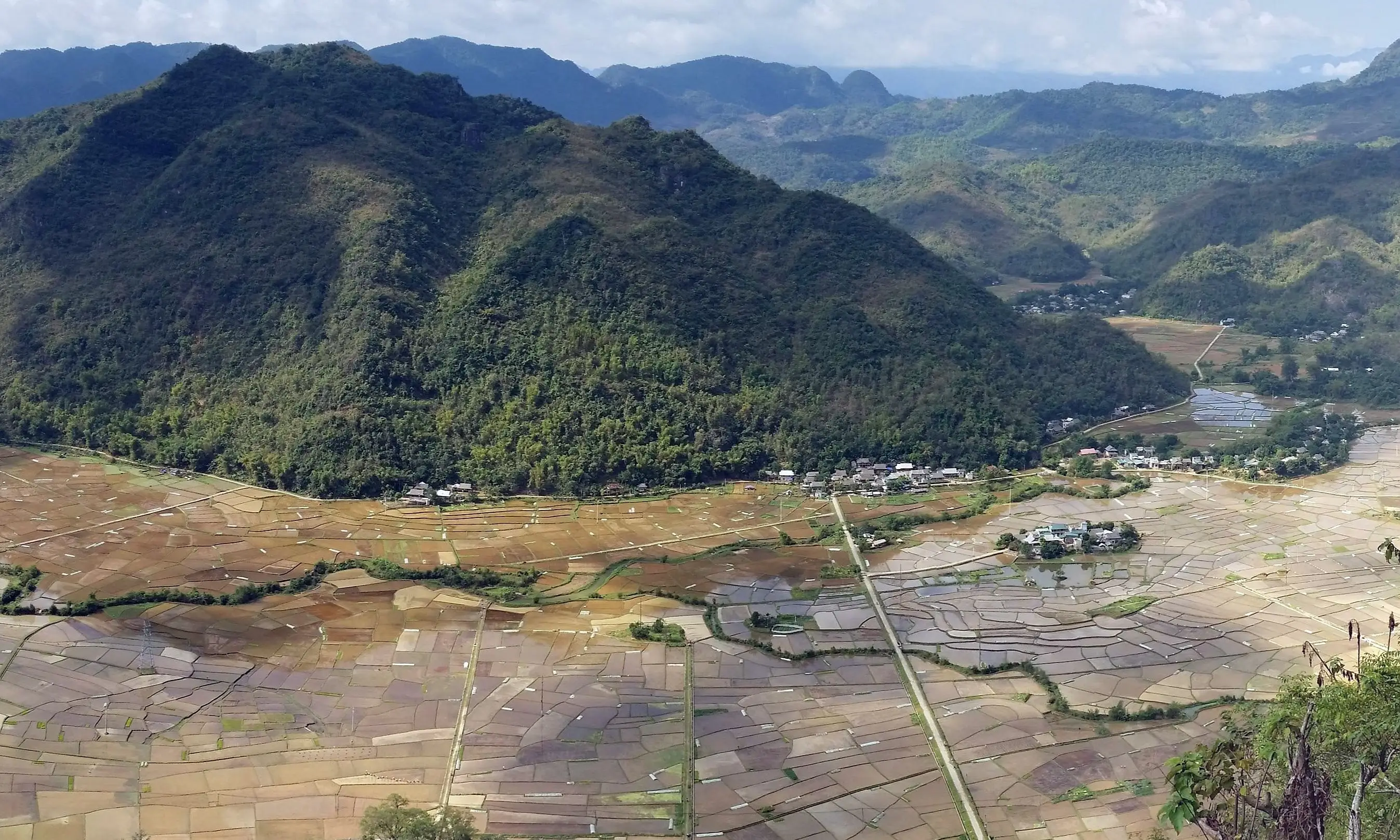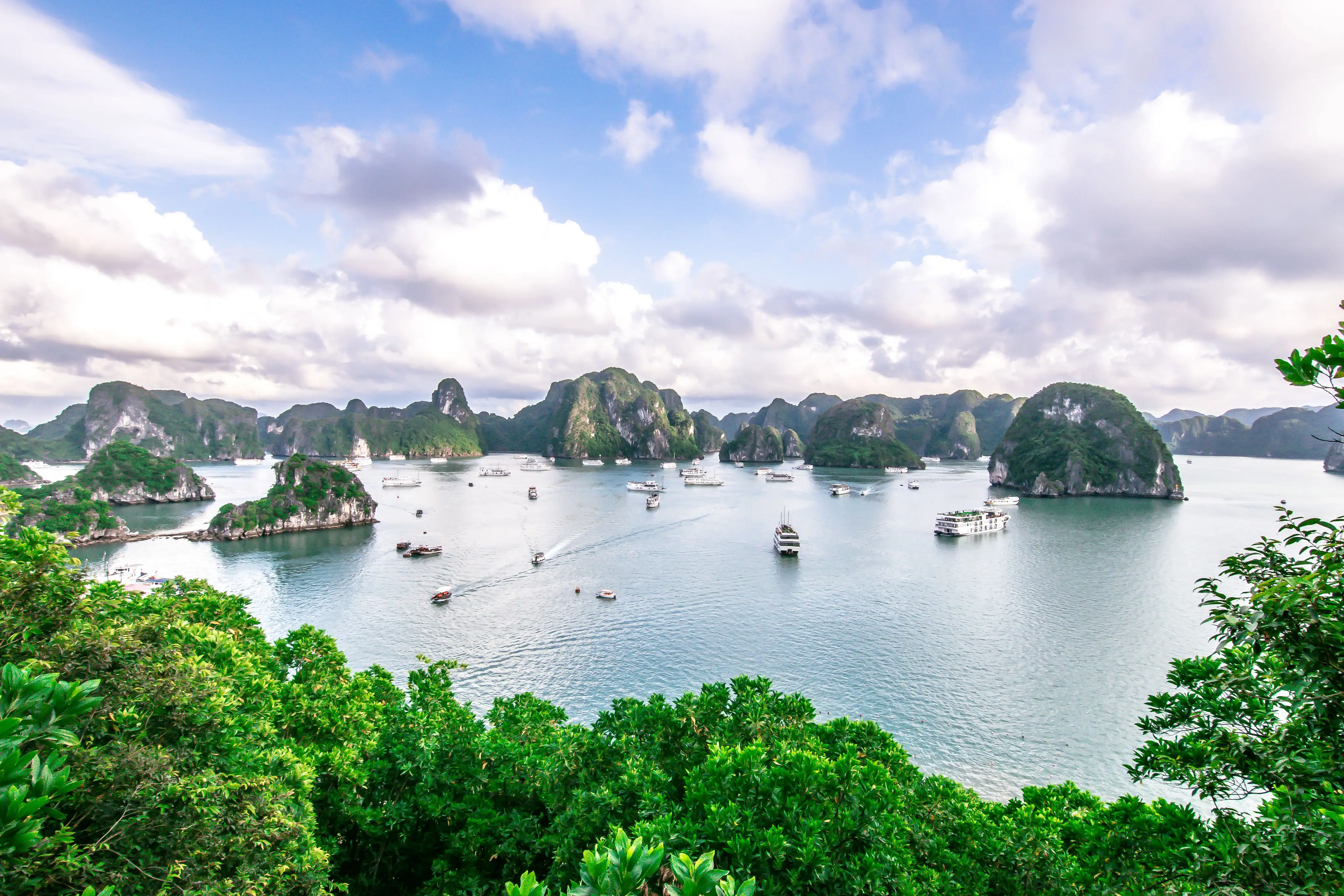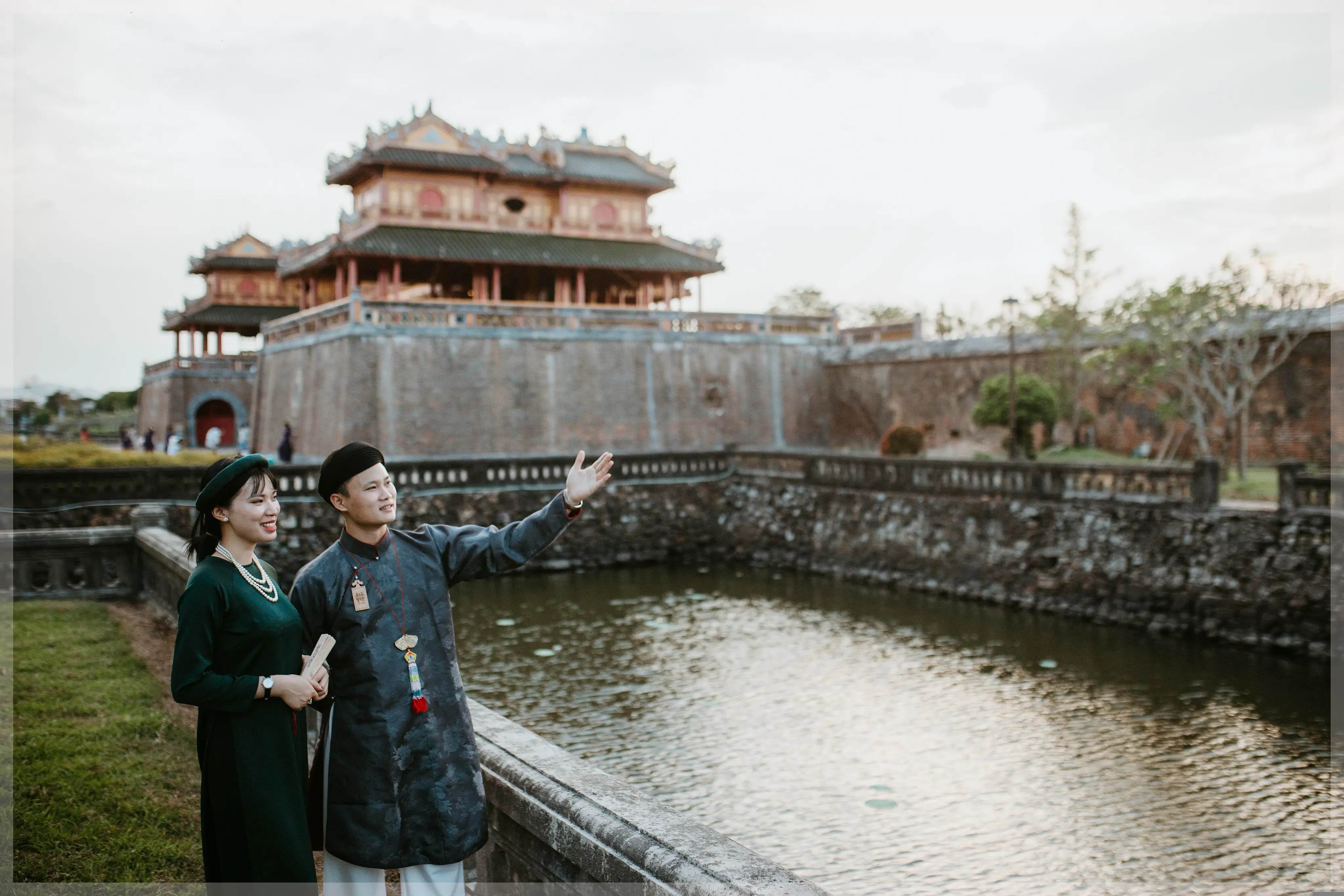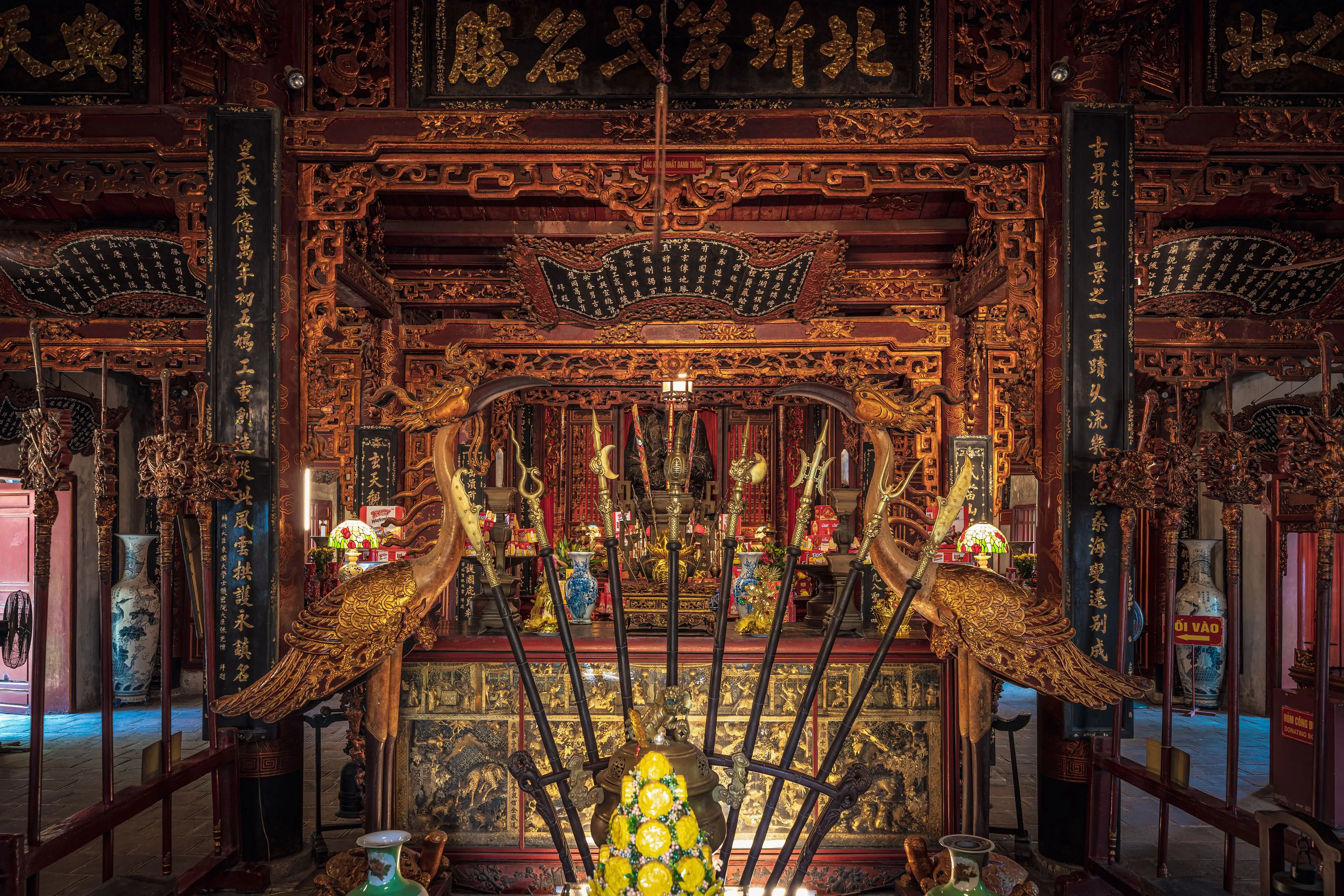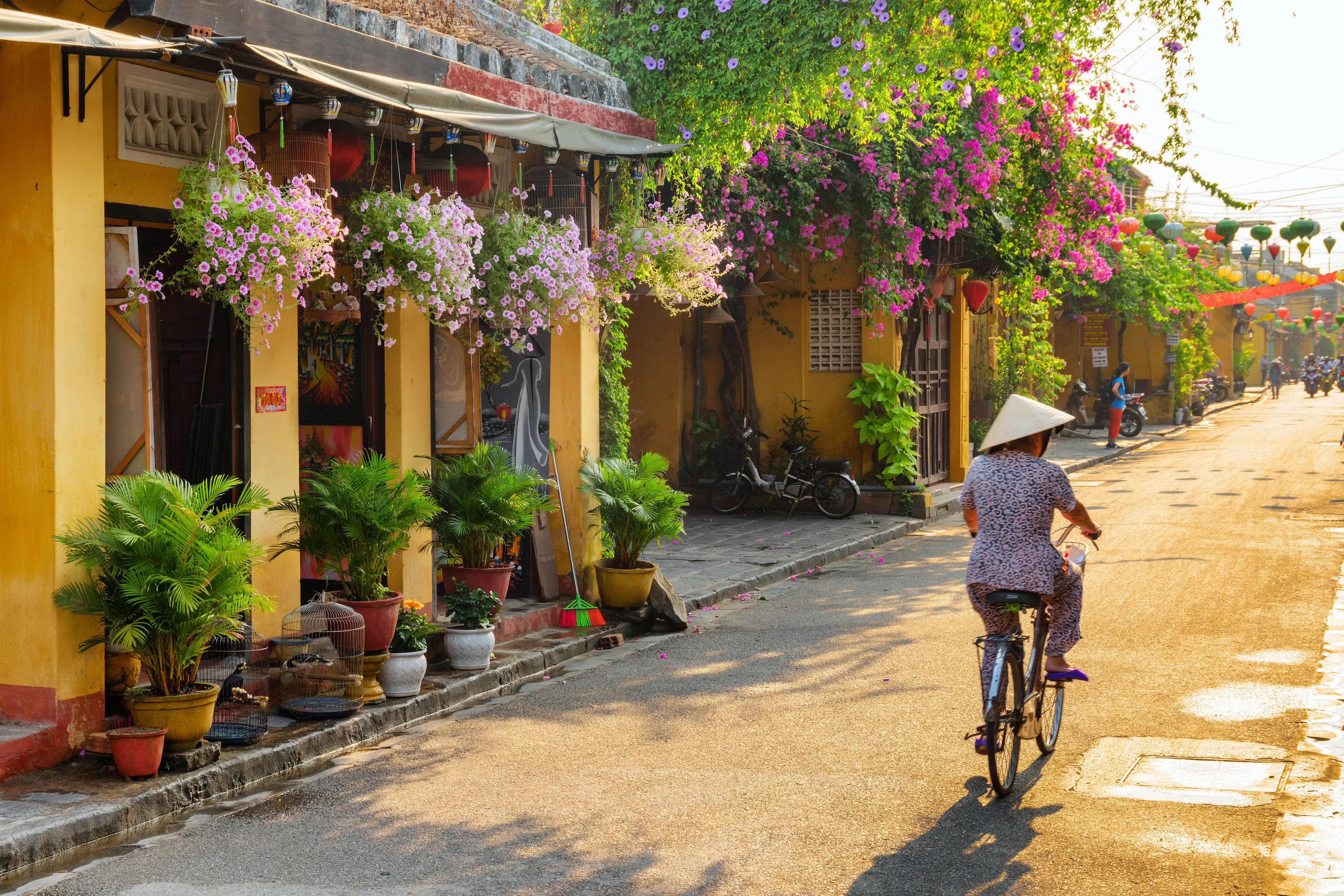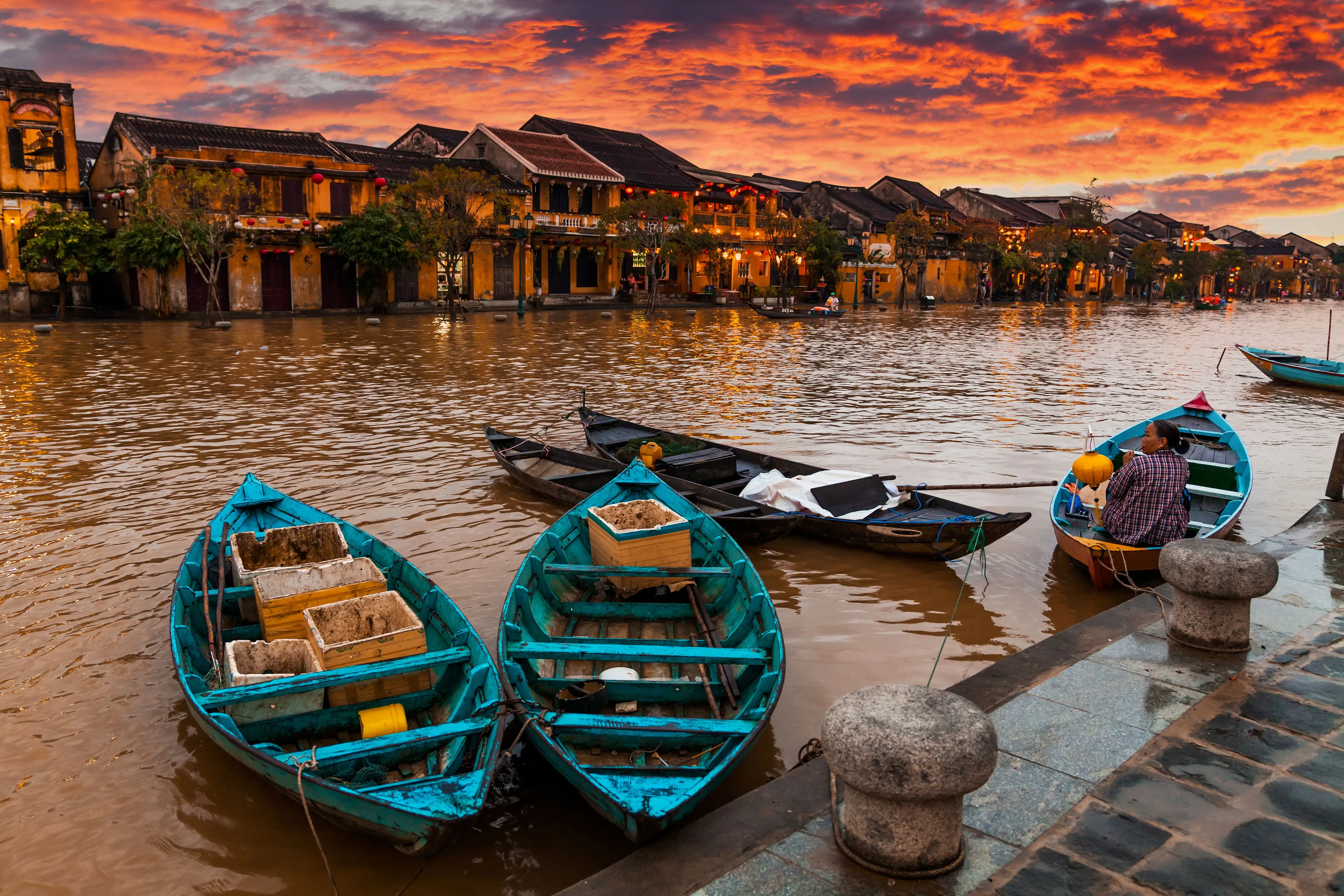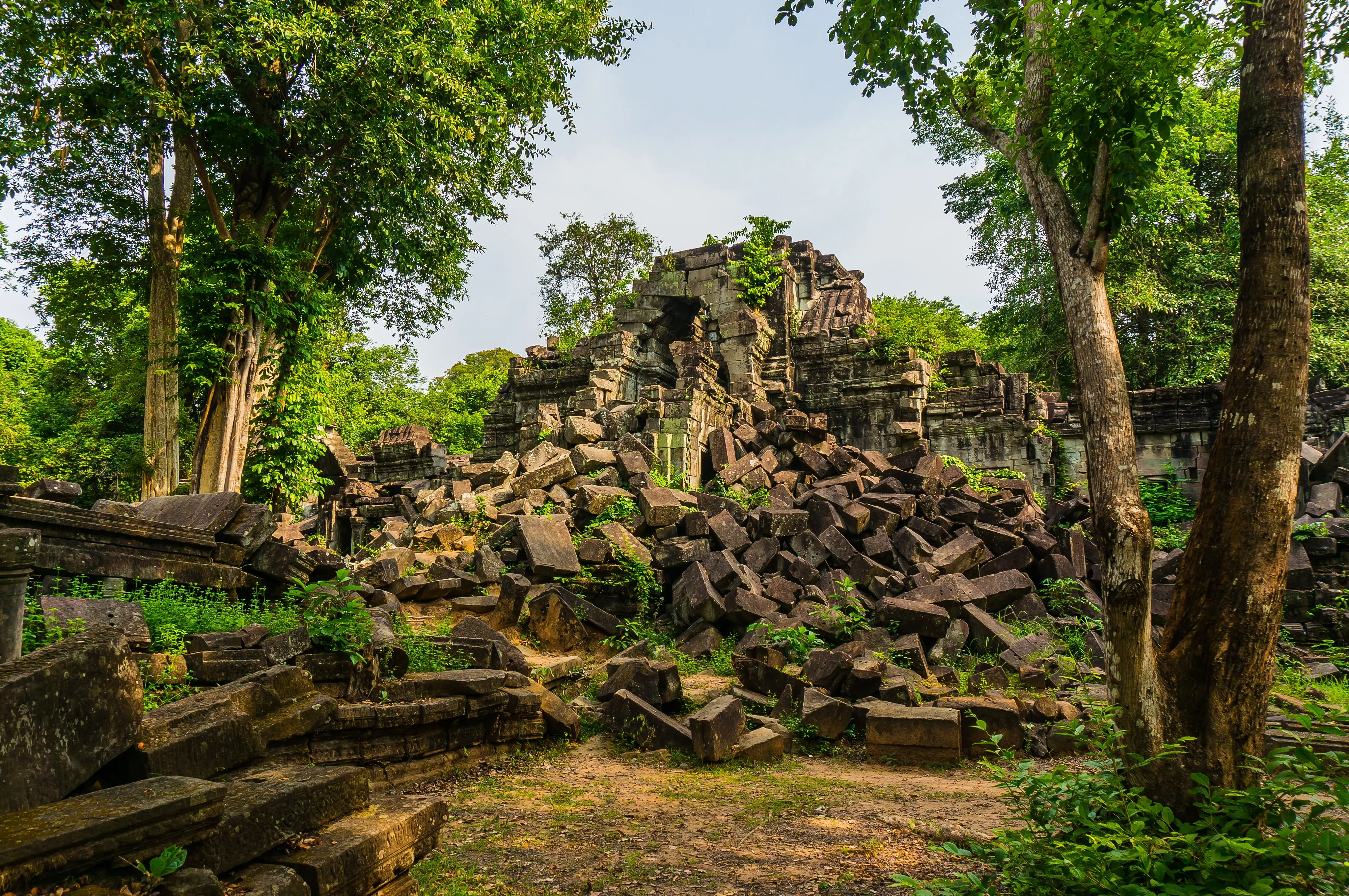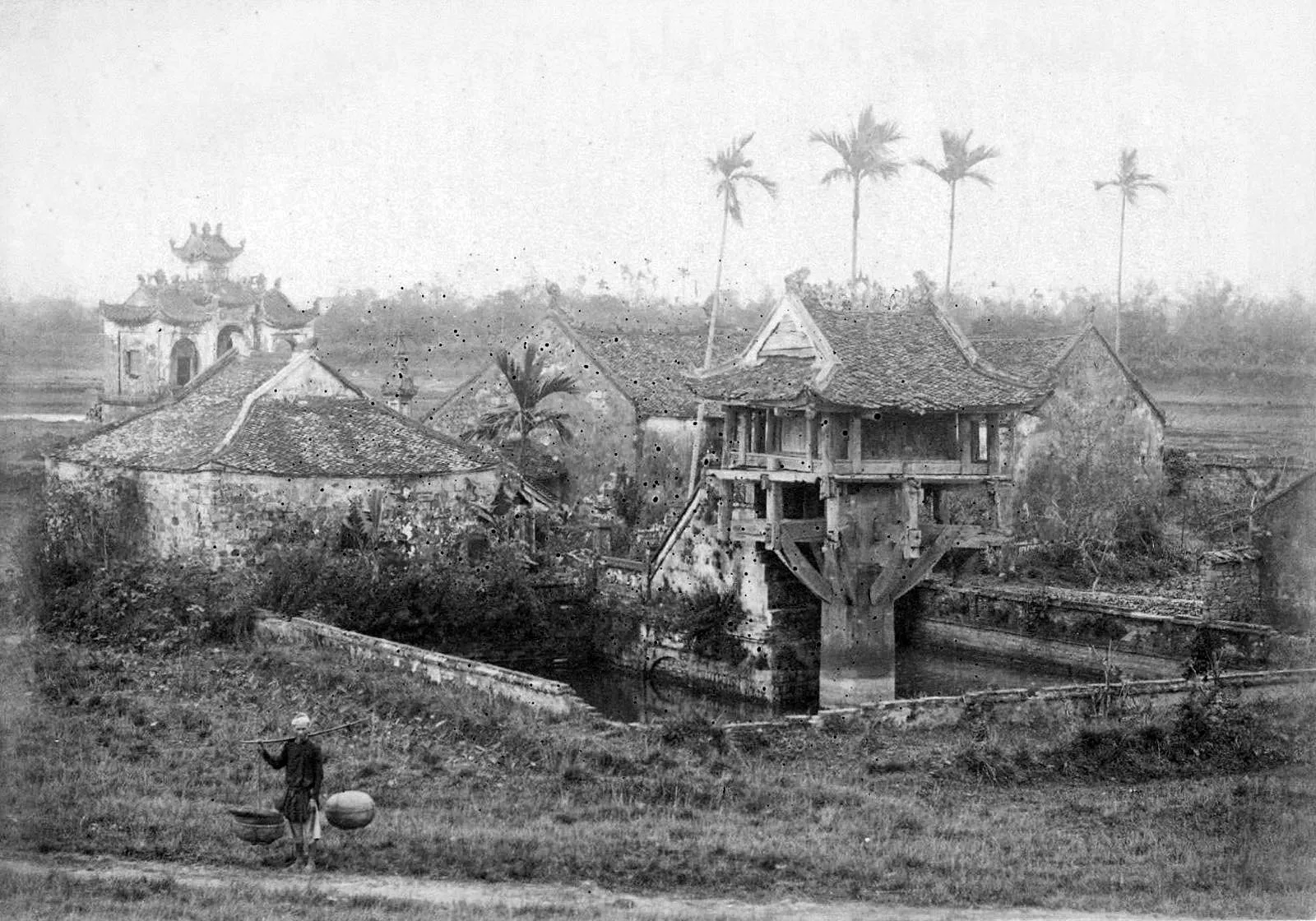
Human activity in Hanoi and its surroundings has been traced as far back as 20,000 years, but the history of the capital usually begins about 3,000 years ago during the long reign of the Hung Kings who dominated Northern Vietnam. An Duong Vuong’s establishment of Hanoi as the capital of the newly-formed Au Lac Kingdom in the 3rd century put it on the map literally and figuratively.
In 179BC the Chinese Nanyue kingdom annexed the area, ushering in nearly 1,000 years of Chinese domination over Vietnam with Hanoi's development as an important center of trade and culture supported by important waterways like the To Lich River.
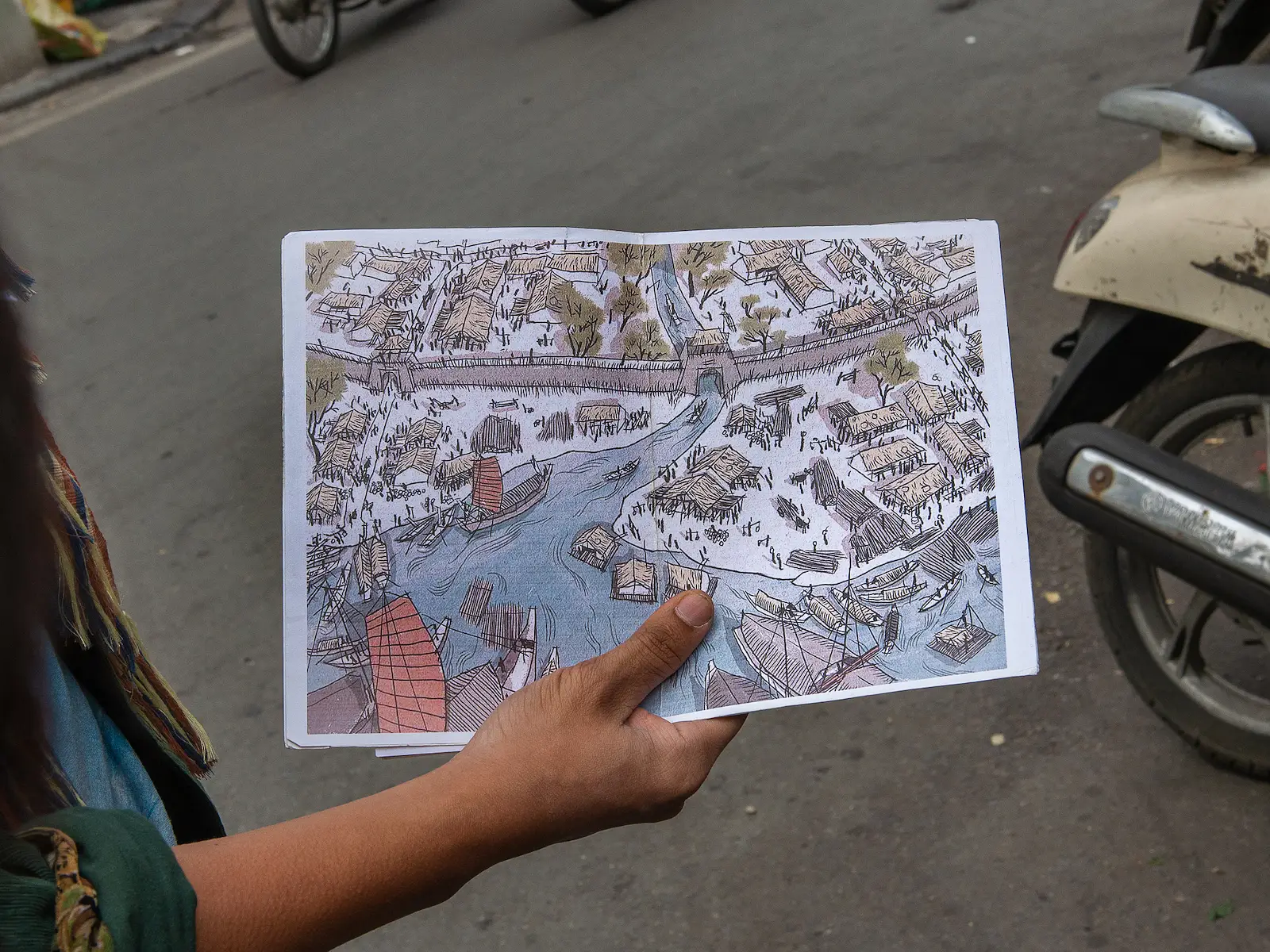
Illustration by Thành Phong.
Following Vietnamese independence in 938 AD after Ngo Quyen’s victory over Chinese forces on the Bach Dang River, the capital of Vietnam would move between Hanoi and other cities according to political and economic interests. During this independent era, the first incarnation of the iconic One-Pillar Pagoda was erected in 1049. Hanoi eventually found itself again under Chinese control, albeit only for 20 years before reverting back to Vietnamese control.
By the time of the French invasion in 1873, Hanoi was a flourishing city of up to 100,000 inhabitants despite the capital having been moved to Hue in 1802. The French occupiers again re-established Hanoi as the capital of their colonial holdings in the region and the city took on renewed importance as the colony’s administrative center which ushered in an era of urban development.
Like the rest of Vietnam, World War II brought a brief period of Japanese occupation, supported tacitly by the Nazi-backed French Vichy government before reverting to French control following the Allied victory.
Following the collapse of the French colonial administration at the hands of the Viet Minh in 1954, the Vietnamese once again controlled the city from which they oversaw the defeat of American and South Vietnam forces before the country was unified in 1976.
Years of post-war economic struggle hindered the development of the capital until the mid-late 1980s. By the 1990s, relative prosperity had returned to the capital and the city is now a hub of music, food and art.
_x.webp)
